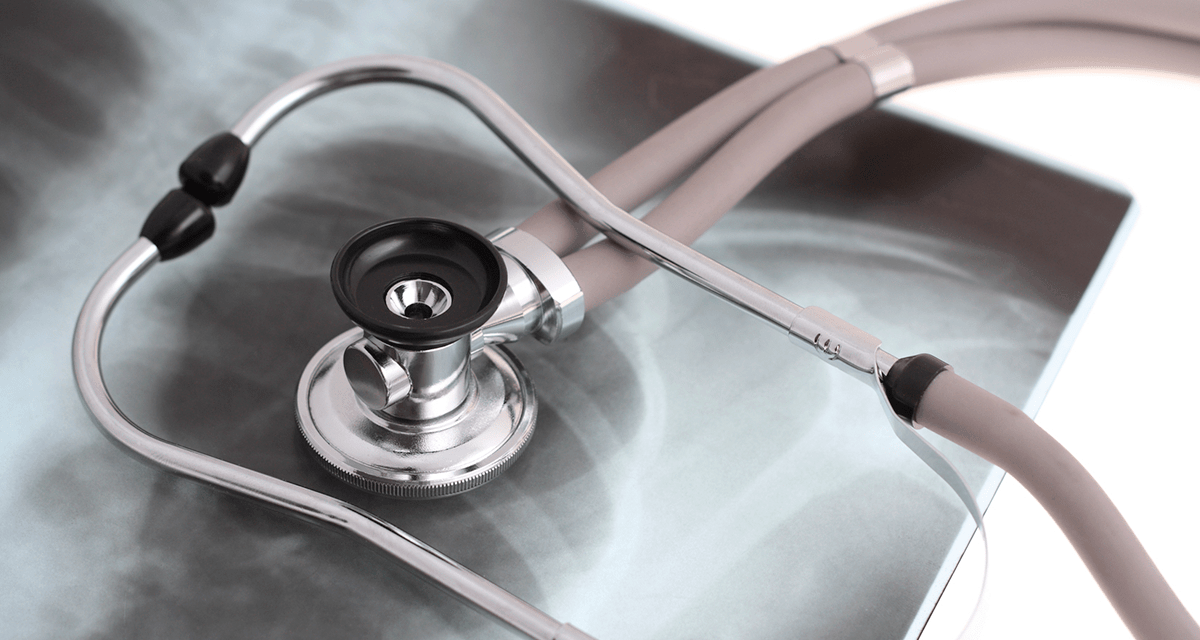To improve surgical pain control through cryoablation of intercostal nerves and reduce narcotic usage in patients undergoing open thoracic or thoracoabdominal aortic aneurysm (TAA or TAAA) repair. From 2012-2018, 117 patients underwent open repair of TAA or TAAA. Of those patients, 25(21%) received cryoablation (2016-2018) of their intercostal nerves and 92(79%) did not (2012-2018). The primary outcome was pain scores and narcotic usage from extubation day 1 to 10 or the day of discharge. The median age (57 years), demographics, and preoperative comorbidities were not significantly different between the two groups. The cryoablation group had significantly more incidences of thoracoabdominal incisions (52% vs. 28%), urgent operations (32 % vs. 11%), and longer duration of chest tubes compared to the non-cryoablation group (all p<0.05). T9-T12 intercostal arteries were selectively reimplanted. Left intercostal nerves were cryoablated from T3-T9 if two thoracotomies were used; or two intercostal spaces above and below the thoracotomy if one thoracotomy was used. There were no significant differences between the non-cryoablation and cryoablation groups in postoperative stroke, paraplegia (5%), pneumonia, and in-hospital mortality (0.9%). However, the average usage of narcotics was significantly reduced in the cryoablation group by 28 MME(equal to four 5 mg Oxycodone)/patient/day in ten days after extubation, p=0.005. With cryoablation of intercostal nerves, the postoperative surgical pain was well controlled and narcotic usage was significantly decreased after TAA or TAAA repair. Cryoablation of intercostal nerves was a safe and effective measure for postoperative pain control in TAA or TAAA repair.Copyright © 2020. Published by Elsevier Inc.
Cryoablation of Intercostal Nerves Decreased Narcotic Usage After Thoracic or Thoracoabdominal Aortic Aneurysm Repair.


